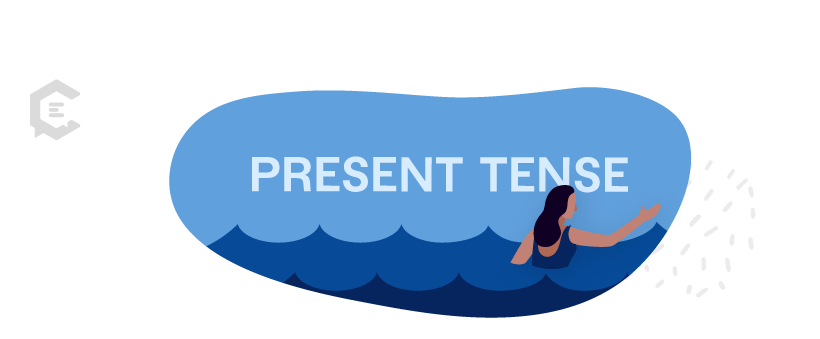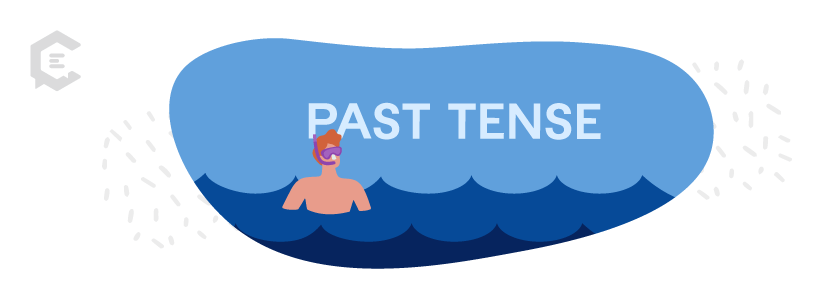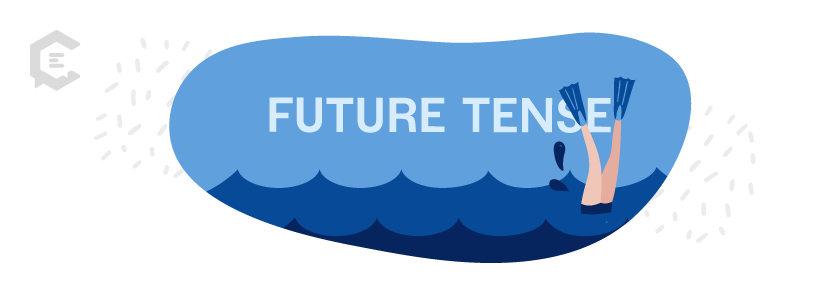Studying verb tenses is a common experience for people learning a second language. However, the rest of us don’t talk about verb tenses as much as we should.
Verbs are integral to any sentence or writing structure, so it’s important to understand how to use them. So for those of us who might need a refresher, let’s break down the English verb tenses.
Understanding verb tenses
A verb is an action that takes place, and that verb’s tense describes when that action took place.
The English language has three primary tenses: present, past, and future. Each of these can be broken into four sub-tenses: simple, continuous, perfect, and perfect continuous.

Present tense
Whether you’re a business owner or content marketer (or both), you use verb tenses more than you realize. Here’s a look at the present tense.
Simple present
Simple present tense describes things happening right now or happening regularly.
Example: I swim on a daily basis.
Present continuous
This tense describes an action that is happening currently and uses a “to be” verb and the present participle of another verb.
Example: I am swimming in the pool.
Present perfect
Present perfect tense describes an action that occurred at an undetermined time in the past or started and is continuing into the present.
Example: I have swum every day for the past month.
Present perfect continuous
This describes something that started in the past and is continuing in the present.
Example: I have been swimming for two hours.
Past tense
Now, let’s take a look at past tense.
Simple past
This tense describes an action that happened in the past.
Example: I swam at the lake yesterday.
Past continuous
Like the present continuous, this tense describes an ongoing action, but one that happened in the past.
Example: I was swimming when it started to rain.
Past perfect
Also called pluperfect, this tense describes an action that happened before a point in the past.
Example: I had swum for only 15 minutes before it started to rain.
Past perfect continuous
This describes an ongoing action that started in the past and continued until another point in the past.
Example: I had been swimming for five years before I joined a local swim team.
Future tense
Finally, here’s a refresher on how to properly use the future tense.
Simple future
Simple future tense describes an action that will happen at a point in the future.
Example: I will swim at six a.m. tomorrow.
Future continuous
This tense describes an action that will occur in the future and continue for a period of time.
Example: I will be swimming in several events at the meet on Saturday.
Future perfect
Future perfect tense describes an action that will be completed before a point in the future.
Example: I will have swum a mile by the time I finish my practice.
Future perfect continuous
As other perfect continuous tenses do, this tense describes an ongoing action. In this case, that action will continue to a point in the future.
Example: As of next month, I will have been swimming on this team for five years.
Want highly engaging, grammatically correct content created for your brand? Talk to a content specialist at ClearVoice today.






